- Learning time
- 40 minutes
- First play time
- 120 minutes
Pagan: Fate of Roanoke
Designed by: Kåre Storgaard,Kasper Kjær Christiansen
Pagan: Fate of Roanoke is a two player game based very loosely on the ‘lost’ colony of Roanoke in sixteenth century North America. It’s hunter versus witch, and both players have distinct goals they have to achieve to win.
In the village are nine characters, and in each game the witch will (secretly) be assigned one of them as their ‘cover’. The other player is the hunter, who must unmask the witch to prevent them winning the game. Players each have some action tokens and a deck of cards: deal yourself three before beginning. Then players take turn spending action tokens and taking the chosen action: each villager offers an action, and they are quite simple: get more cards, get more influence (used to pay for the playing of cards) – and play cards. What the cards do is where Pagan gets more complex, as the large decks contain numerous cards of various suits that work in different ways.
Both sides have cards that have a one-off effect that are then discarded. Both sides have cards with ongoing effects (enchantments for the witch, investigations for the hunter) that change the dynamics of a given game. And both have cards that can be played to their own player boards: the hunter can set up new locations that function the same way villagers do, or allies that give assistance but may demand payment in influence. The witch can generate potions that can be drunk for powerful effects, and familiars that boost the power of an action token. You’re managing a lot of options, as well as the currency of influence in order to pay for it all.
There’s another currency too: when you visit a villager, you get to place tokens (clues for the Hunter, secrets for the witch) around the village, and these are critical to success – or lack of it. The hunter can use clues to generate evidence, which they can spend to exponerate one of the nine villagers of being the witch, giving them a better picture of who the witch isn’t – and therefore, hopefully, who they might be. The witch can sacrifice secrets to make favors, which is how they win: by performing a ritual (special action) on villager with three favor on them. It sounds like an extraordinary amount of terms and procedure to learn, and it’s not helped by Pagan’s design choice of making the card type small and the iconography microscopic. But the game itself isn’t just about what the cards do, but what the players are doing and how they read each other. The witch needs to perform a ritual, but focusing all their attention on the real witch will give away to the hunter who it is, so there’s elements of bluff and deception. The hunter needs to read the witch player and act accordingly: they can eliminate villagers as an action (which is how they win) but if they eliminate a third non-witch player, the witch will win instead.
The guru's verdict
-
Take That!
Take That!
On a turn by turn basis, players can find the embellishments they've made to their own campaigns being removed by the opposition. Overall there's a sense of antagonism, but it feels more targeted and tactical than arbitrary.
-
Fidget Factor!
Fidget Factor!
High on a first play, dropping to moderate or even low. Hand sizes are limited to seven cards, and sometimes turns will fly by as players activate gestated plans. But there can be lulls, as players action pawns block each other and are not retrieved until the start of your next turn, meaning there's a tactical element to which villagers you 'block'.
-
Brain Burn!
Brain Burn!
Moderate, although it'll feel higher at first glance. Over the game's narrative arc, the witch needs to try and throw the Hunter off the scent, and the Hunter needs to read the witch's intentions. On a turn by turn basis, it's more about making the best use of the cards you have and trying to keep a good presence in the village.
-
Again Again!
Again Again!
Huge variety in the box, not only with the large deck of cards and the option to play different sides, but scenarios included too.

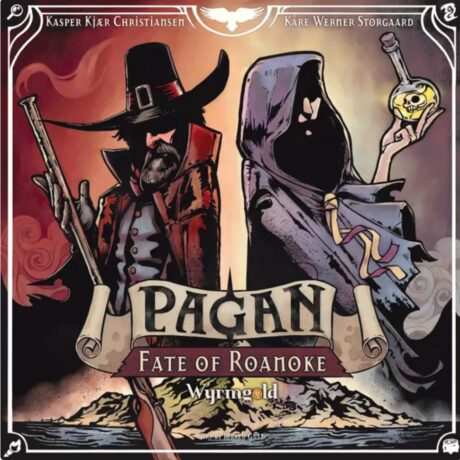

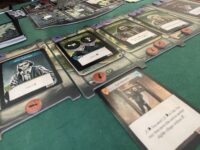

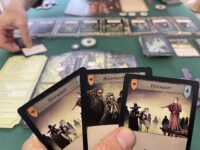


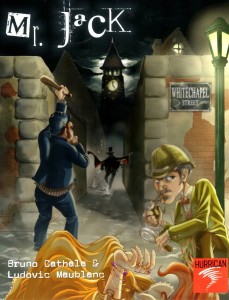
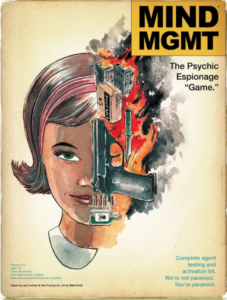
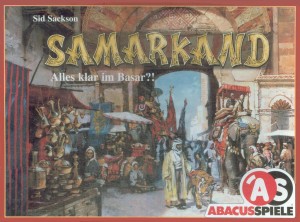
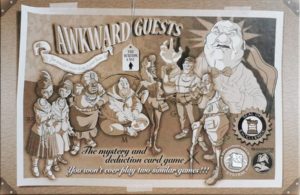
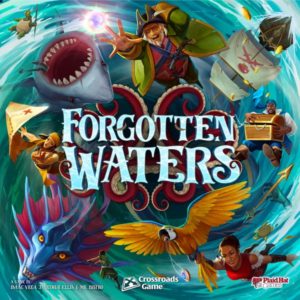
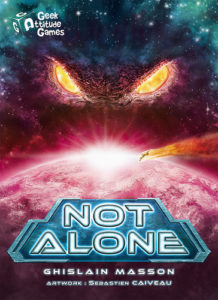
Sam says
The good: the asymmetric roles and goals, the vast deck of cards for each player and tactical flexibility. The fact the game takes place above the table as well as on it: I love that. The less good - for a game with a singular goal of deduction, it's very long, particularly on a first play. There's a lot of spinning plates to manage compared to the streamlined elegance of some other hidden-role games. Whereas Mr Jack, for instance, has a drip-drip of information that provides both a ticking clock and sense of palpable progression, Pagan's early rounds in particular can feel a little reluctant to generate any real tension as both sides try to build momentum with presence in the village or helpful cards on their player boards. Cards one player adds may be jettisoned by the other. It can veer into a back-and-to of minor take-that territory. However, the game end is genuinely tense, and familiarity will significantly reduce that playtime. Objectively, there's a sense of complexity, iconography, procedure that could overwhelm. Subjectively however, I still find it appealing and would happily play with a willing witch/hunter.